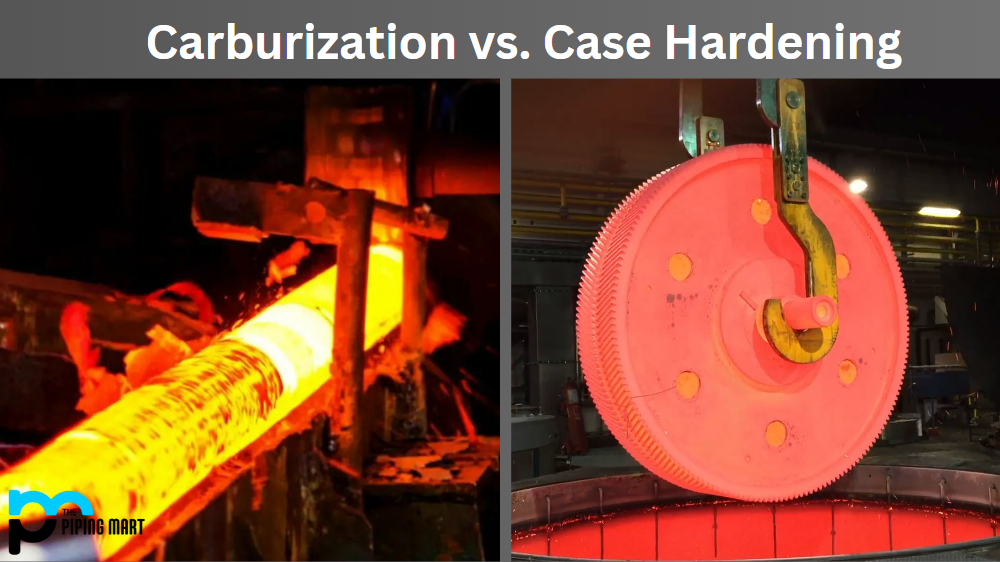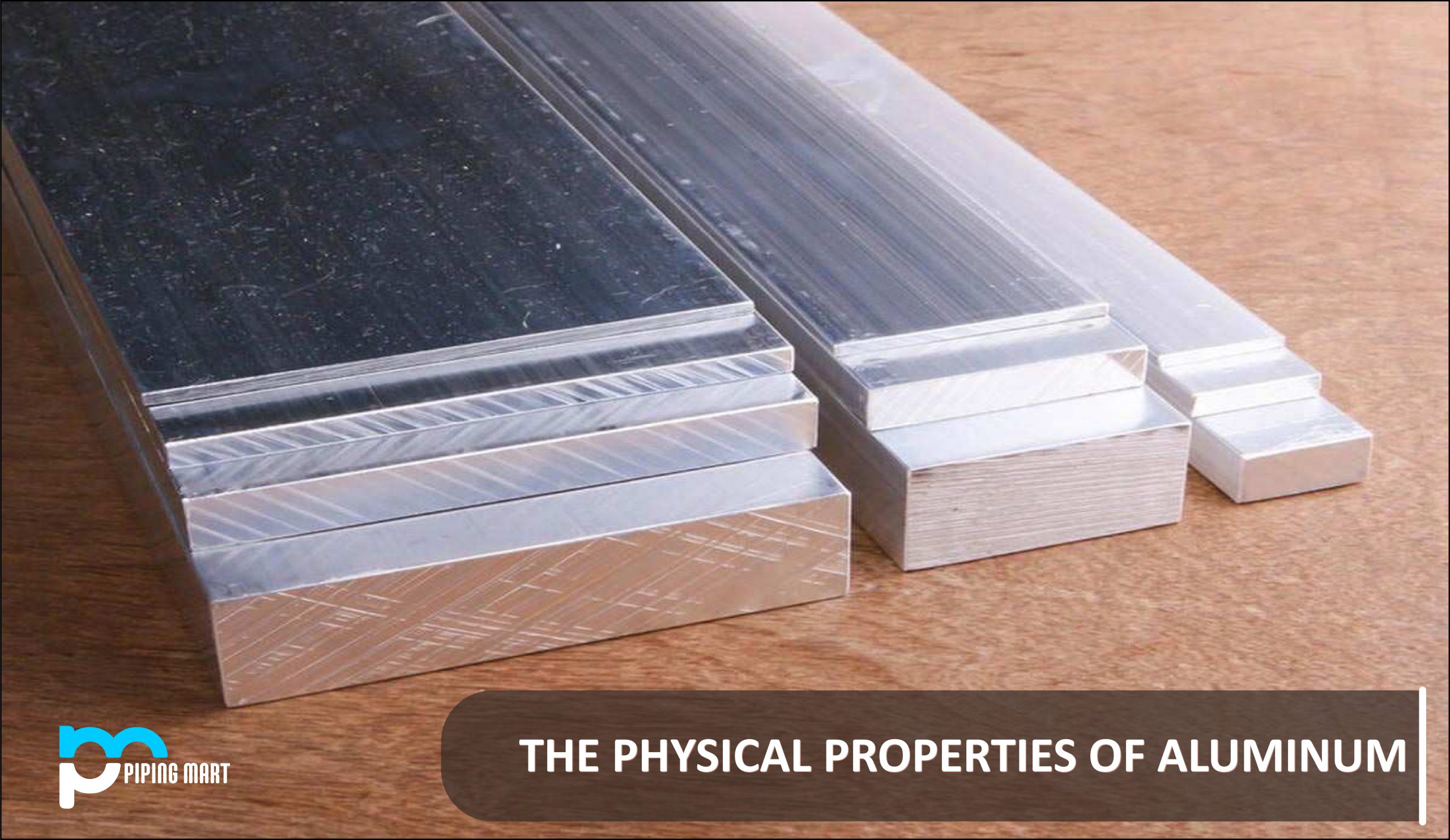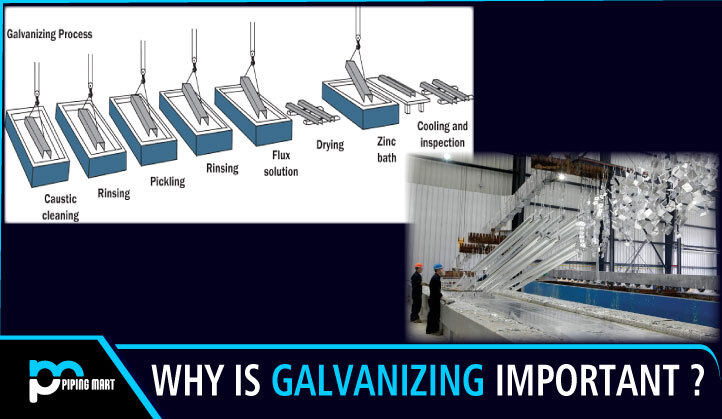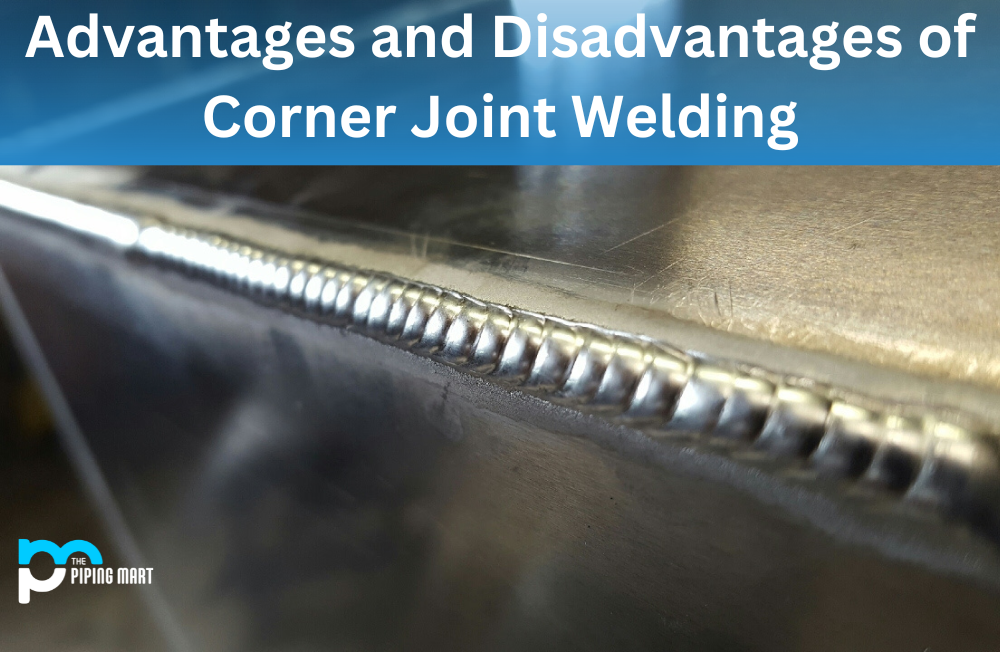When it comes to metalworking, carburizing and case hardening are two common processes that can be used to improve the hardness of a material. While both processes are similar in some ways, they also have unique advantages and disadvantages. Let’s take a closer look at these two processes to understand better which one might be right for your project.
What is Carburization?
Carburization involves introducing carbon into the surface of a metal object by heating it in an atmosphere with high concentrations of carbon-containing gases. This process makes the surface layer harder than the base material, making it tougher and more durable. A common example of carburization is making steel strong enough for use in tools and machine parts.
What is Case Hardening?
Case hardening, also known as “surface hardening” or “selective hardening”, involves heating the outer layer of a metal part before cooling it quickly in oil or water. This process creates a hardened surface while leaving the core material softer, creating a balance between wear resistance and flexibility that can be beneficial in certain applications. Case hardening is often used on parts such as gears or cams where flexibility is needed, but durability must also be maintained under pressure or stress.
Difference between Carburization and Case Hardening
The primary difference between carburization and case hardening is that carburization is used to improve the wear resistance of a metal, while case hardening is used to improve the hardness and strength of a metal. Carburization typically results in a deeper layer of carbon being absorbed into the surface of the metal, while case hardening only affects the outermost layer of the metal.
Carburization Advantages & Disadvantages
One major advantage of carburization is that it can be used on almost any metal, including steel and non-ferrous alloys like aluminium or brass. It’s also relatively inexpensive and can be completed quickly. However, this process does not produce uniform results across an entire piece of metal because only the surface is affected by the introduction of carbon. This can lead to uneven wear over time and require additional steps for full effectiveness.
Case Hardening Advantages & Disadvantages
The main advantage offered by case hardening is its ability to create uniform results across an entire piece without having to affect internal components or structures within the part itself. Additionally, since only the surface layers are affected by this process, its effects are limited to those areas alone – meaning there will not be any unwanted changes made inside your part that could cause unexpected issues down the line. The downside is that case hardening takes longer than carburizing due to its multiple-step process, making it more expensive overall when compared with carburizing alone.
Advantages of Carburization
The main advantage of carburization over other heat treatment processes is that it can be used on various metals, including iron, steel, nickel, and aluminum. Additionally, carburization can improve metals’ wear resistance without significantly affecting their hardness or strength.
Disadvantages of Carburization
One disadvantage of carburization is that it can cause distortion in some metals due to the high temperatures involved in the process. Additionally, carburization can lead to decarburization if not carefully controlled. Decarburization occurs when the carbon atoms diffuse out of the surface of the metal during heating.
Conclusion:
When deciding whether you should use carburization or case hardening for your project, you should consider what kind of results you need from your finished product, how much time you have available for completion and how much money you are willing to spend on each step of production. For instance, if you need uniformity across an entire piece but don’t have much time or money available for production costs, carburizing might be your best option; however, if complexity isn’t an issue, but speed is essential, then case hardening may be more up your alley! Each process has unique advantages and disadvantages, so choose carefully based on what works best for your specific needs!

A passionate metal industry expert and blogger. With over 5 years of experience in the field, Palak brings a wealth of knowledge and insight to her writing. Whether discussing the latest trends in the metal industry or sharing tips, she is dedicated to helping others succeed in the metal industry.




